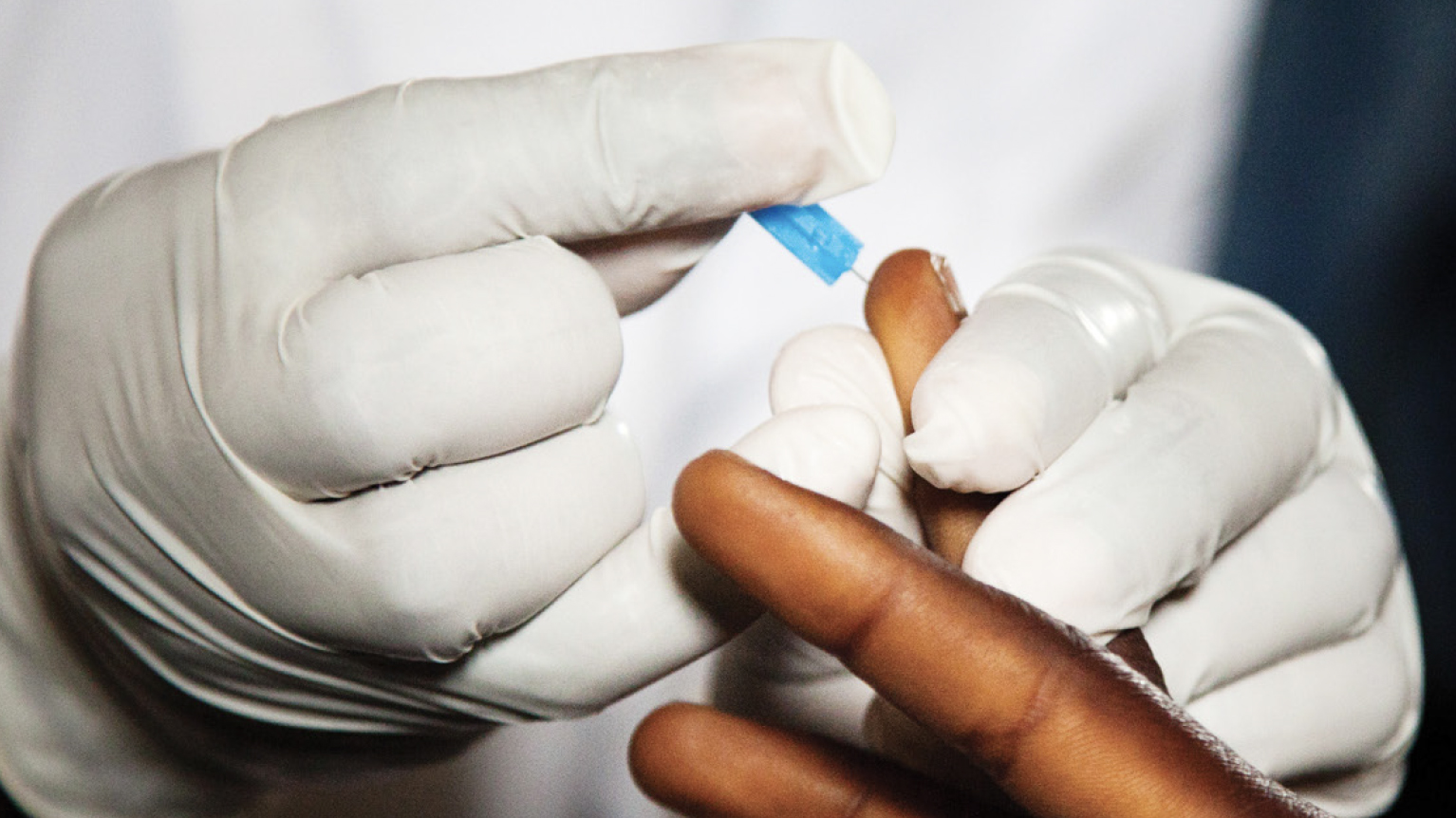
By Bethany Romano, MBA'17
The best way to reduce social inequities at a monumental scale is through a career in global health, says Professor Allyala Nandakumar. He says, “You want to eliminate AIDS, malaria, tuberculosis? Save three million children from dying every year of avoidable causes? Then you have to be in global health, working on the big problems, designing the health care systems of the future.”
Last year, Ambassador Deborah Birx, the United States Global AIDS Coordinator, invited Nandakumar to join her team as the first chief economist at the Office of the Global AIDS Coordinator (OGAC), an agency of the U.S. State Department. Nandakumar balances the position with his academic appointment at Heller, where he is interim director of the master’s in Global Health Policy and Management program and director of the Institute for Global Health and Development. For him, bringing health economics to bear on the global AIDS response is the challenge of a lifetime.

After the 2008 recession, U.S. funding for global health initiatives plateaued, and agencies began to ask harder questions about how funds are spent. At the same time, many low- and middle-income countries (such as India and Kenya) became some of the world’s fastest-growing economies. Says Nandakumar, “Once donors feel that a country is no longer low-income, they pull back their funding. And the path is not smooth — it’s a sudden cliff.”
To Nandakumar, this unique combination of problems was intriguing. “This question of how to leverage economic transition and also optimize our investments — it’s fantastic,” he says. “We know we need a new path ahead, we know some of what the future holds. We need to build a glide path off of donor assistance for countries whose economies are growing, without pushing them off that cliff. We know that as countries become richer, their citizens want access to market-based health care solutions. And we know that our systems for spending donor funds are opaque and rarely sustainable or efficient.”
To move forward on all of these fronts, Nandakumar is supporting Ambassador Birx in an initiative to make HIV/AIDS spending more efficient and sustainable. Along with the Global Fund and UNAIDS, there is an effort underway to create an activity-based costing and management system, or ABCM, in seven to 10 African nations over the next three years. If successful, ABCM will provide a transparent way to track and manage the true costs of HIV/AIDS response efforts. He also wants to coordinate a global thought leadership process to explore how market-based solutions can be leveraged to support the response.
In practice, he says, he spends a lot of time on “internal education, and what I call ‘global health diplomacy.’ Having a health economist asking questions and pushing this agenda is a major culture shift. I can’t simply walk into a partner agency or a country and say, ‘This is what we’re doing now.’ I have to convince people of the value of this shift, build consensus, assuage their concerns. The technical piece is the easy part — we know how to do that. Laying the groundwork takes a lot more time and effort.”
“It’s been quite a journey so far, and we hope to do this change in the next three years. If we can accomplish that, we’ll have taken a huge, huge step forward. And that’s the exciting stuff for me.”
